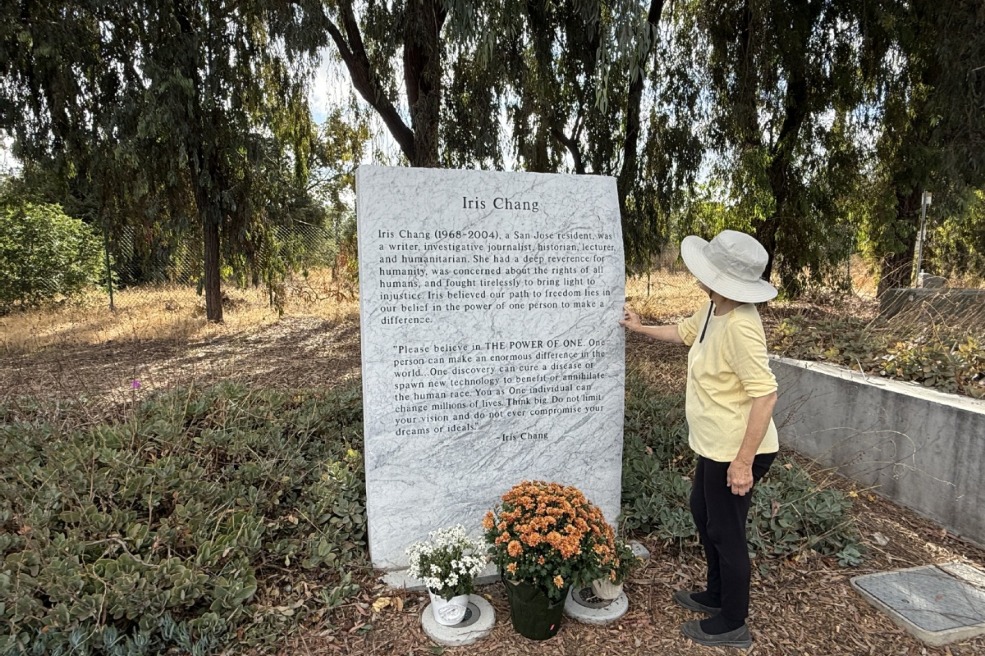A deeper purpose
Questions remain about what the pits uncovered at Sanxingdui were for, and while theories abound, one suggests evidence of a major spiritual reform, Zhao Xu reports.
By ZHAO XU | China Daily | Updated: 2024-04-20 10:19

Sitting in close proximity to one another, the pits — there are at this moment eight in total — are located within what seems to be a designated area within the archaeological ruins of Sanxingdui's walled city.
"Judging by what we have found so far, the city was zoned based on function. There was the palatial district, the residential district, the handicraft district and then the sacrificial district, where all the pits are," Hu says.
According to the curator, the immediate thought among archaeologists upon the discovery of the two pits in 1986 was that they were sacrificial pits where offerings or sacrifices were placed as part of religious or ceremonial rituals. This theory, however, was later called into question with the discovery of the archaeological site of Jinsha, 40 kilometers south of Sanxingdui.
"It is widely held that between 1100 BC and 600 BC, Jinsha was the seat of power for the ancient kingdom of Shu, which relocated to the site from Sanxingdui, after having built a splendid civilization there between 1600 BC and 1100 BC," Hu says.
























